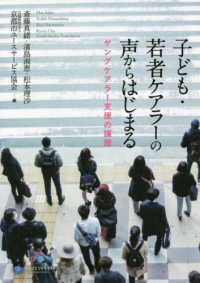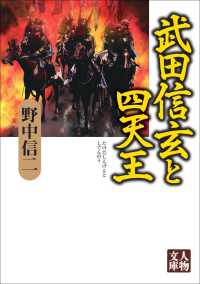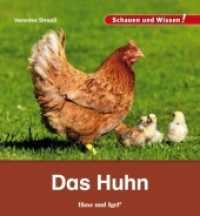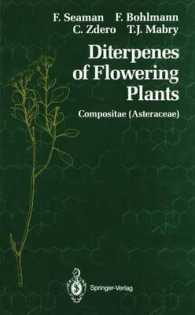Full Description
The Routledge Handbook of Language Learning and Technology is a comprehensive and accessible resource for teachers, teacher educators, and students navigating the rapid evolution of technology in language education. Now in its second edition, this fully updated volume reflects the accelerated integration of digital tools into pedagogical practices, particularly in the wake of the Covid-19 pandemic.
Building on its original focus—historical and theoretical contexts, interactive and collaborative technologies, corpora and data-driven learning, and computer gaming—the handbook introduces new chapters that explore teacher development and the cultural dimensions of language learning. Emerging voices in the field offer insightful perspectives on cutting-edge technologies such as Artificial Intelligence, advancing a balanced and accessible approach useful to students with a language background who are looking to further their education in the sector. Farr and Murray equip readers with the requisites to make informed pedagogical decisions in both academic and professional settings.
This handbook is essential reference for all students from undergraduate to PhD level, teachers and researchers of Language Learning and TESOL, and professionals in the areas of Applied Linguistics, Education, and Media Studies.
Contents
Introduction Part I: 1. Taking a balanced view of technology in language teaching: past, present and future 2. Theory and theories in Computer-Assisted Language Learning research and practice 3. Integrating multimodal theory into CALL: comparative insights from Kress, Mondada and Norris Part II: 4. Language materials development in a digital age 5. Literacies, technology and language teaching 6. Language Testing and Technology 7. Teaching alongside GenAI: affordances for language teaching and shifting agencies 8. MOOCs for Languages: from LMOOCs to LTEMOOCs 9. Online, blended and hybrid language learning Part III: 10. Plurilingualism and CALL 11. Culture, language learning and technology in an AI world 12. Language learning and technology use in varied technology contexts 13. Limitations and boundaries in language learning and technology 14. Sustainable CALL development 15. Foreign language education and digital cultures: perspectives on citizenship and diversity Part IV: 16.Virtual exchange and language learning 17. Social media and language learning 18. Mobile language learning 19. Potentials and challenges of Virtual Reality: Implications for the language classroom 20. Mobile dictionaries and apps for vocabulary learning 21. A Qualitative Analysis of the Affordances of Immersive Technologies in Virtual Exchange 22. The Spoken CALL Shared Task: an Overview Part V: 23. Introduction to Data-Driven Learning 24. Spoken language corpora and pedagogic applications 25. Written language corpora and pedagogic applications 26. Pedagogical applications of learner corpora: A decade in review 27. Corpus types and uses 28. Designing and building corpora for language learning Part VI: 29. Digital Games as a Methodology for Second Language Learning: Exploring New Metaphors and Pedagogical Parallels. 30. Gaming for focused language practice 31. Digital Gaming and Young L2 Learners








